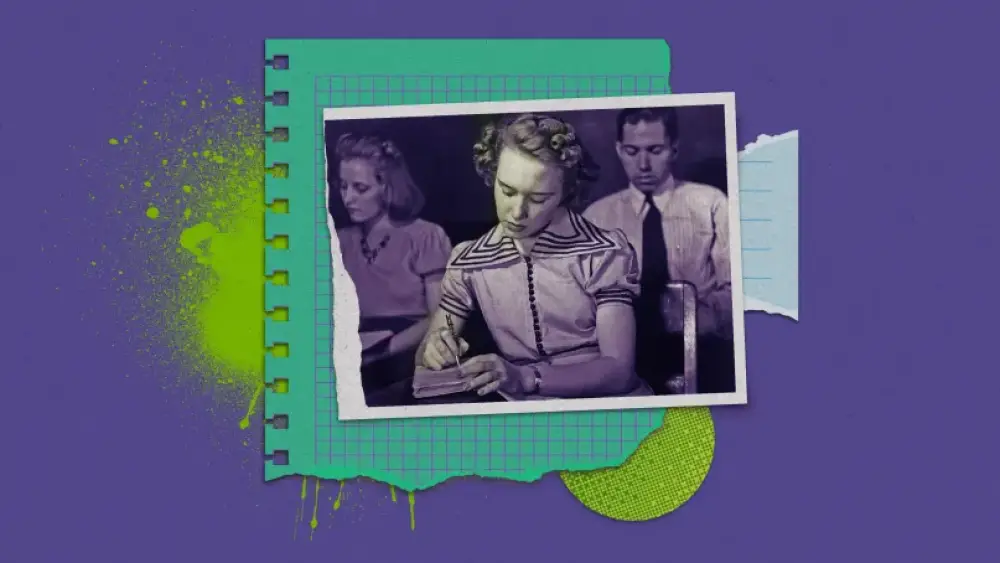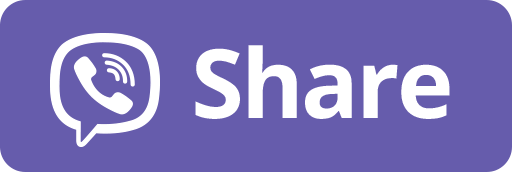
Các bigtech AI nhảy vào giáo dục: học sinh học tốt hơn hay làm suy yếu khả năng tư duy?
-
OpenAI, Microsoft và Anthropic công bố khoản đầu tư 23 triệu USD để hợp tác với các công đoàn giáo viên lớn nhất nước Mỹ, nhằm đưa AI vào giảng dạy trong hệ thống lớp học K–12, bắt đầu từ mùa thu năm nay.
-
Sáng kiến mang tên National Academy for AI Instruction sẽ tổ chức các khóa huấn luyện giáo viên tại trụ sở ở New York về cách sử dụng AI trong soạn bài giảng, lập kế hoạch dạy học và viết báo cáo.
-
Dù được đầu tư mạnh mẽ, AI trong giáo dục vẫn vấp phải phản ứng trái chiều. Nhiều người cho rằng công nghệ này đang làm giảm khả năng tư duy phản biện và khuyến khích gian lận trong học tập.
-
Một khảo sát gần đây của Harvard trên 1.500 thiếu niên cho thấy học sinh dùng AI để lên ý tưởng và hỏi những câu mà họ ngại nêu trong lớp – một lợi ích tích cực.
-
Tuy nhiên, cũng chính khảo sát đó xác nhận rằng học sinh thường xuyên dùng AI để gian lận hoặc lách bài tập.
-
Nghiên cứu từ Microsoft từng chỉ ra rằng quá phụ thuộc vào AI có thể làm giảm khả năng tư duy độc lập.
-
Trong buổi đào tạo đầu tiên, Microsoft hướng dẫn giáo viên dùng AI cho việc soạn giáo án và gửi email. OpenAI cũng cung cấp khóa học miễn phí cho giáo viên.
-
Anthropic đang chào mời các mô hình AI của họ đến các trường đại học, trong khi OpenAI tìm cách tạo ra một hệ sinh thái sử dụng rộng rãi AI trong trường học.
-
Một số giáo viên, như Christopher Harris ở New York, đã tự xây dựng chương trình giảng dạy AI từ tiểu học đến trung học, bao gồm các chủ đề như quyền riêng tư và deepfake.
-
Helen Choi, giáo sư tại Đại học Southern California, kêu gọi cẩn trọng, cảnh báo giáo viên không nên "nghiện hype" mà phải đánh giá sự hữu ích, an toàn và đạo đức của AI trước khi áp dụng.
-
Vài trăm giáo viên khác đã ký thư phản đối sử dụng AI trong lớp học, cho thấy sự chia rẽ rõ rệt trong ngành giáo dục.
-
Các tổ chức dẫn dắt dự án – American Federation of Teachers (1,8 triệu thành viên) và United Federation of Teachers (200.000 thành viên) – nếu bị thuyết phục, sẽ mở đường cho việc mở rộng quy mô AI trên toàn quốc.
📌 Với khoản đầu tư 23 triệu USD từ các ông lớn công nghệ, AI đang được đẩy mạnh vào giáo dục K–12. Dù có tiềm năng giúp cá nhân hóa học tập và hỗ trợ giáo viên, nguy cơ học sinh gian lận, giảm tư duy phản biện và thiếu đánh giá khách quan vẫn là rào cản lớn. Cuộc đua AI trong lớp học mới chỉ bắt đầu, nhưng đã gây tranh cãi sâu sắc trong giới giáo dục.
https://www.technologyreview.com/2025/07/15/1120086/ais-giants-want-to-take-over-the-classroom/
AI’s giants want to take over the classroom
Thảo luận
Follow Us
Tin phổ biến



